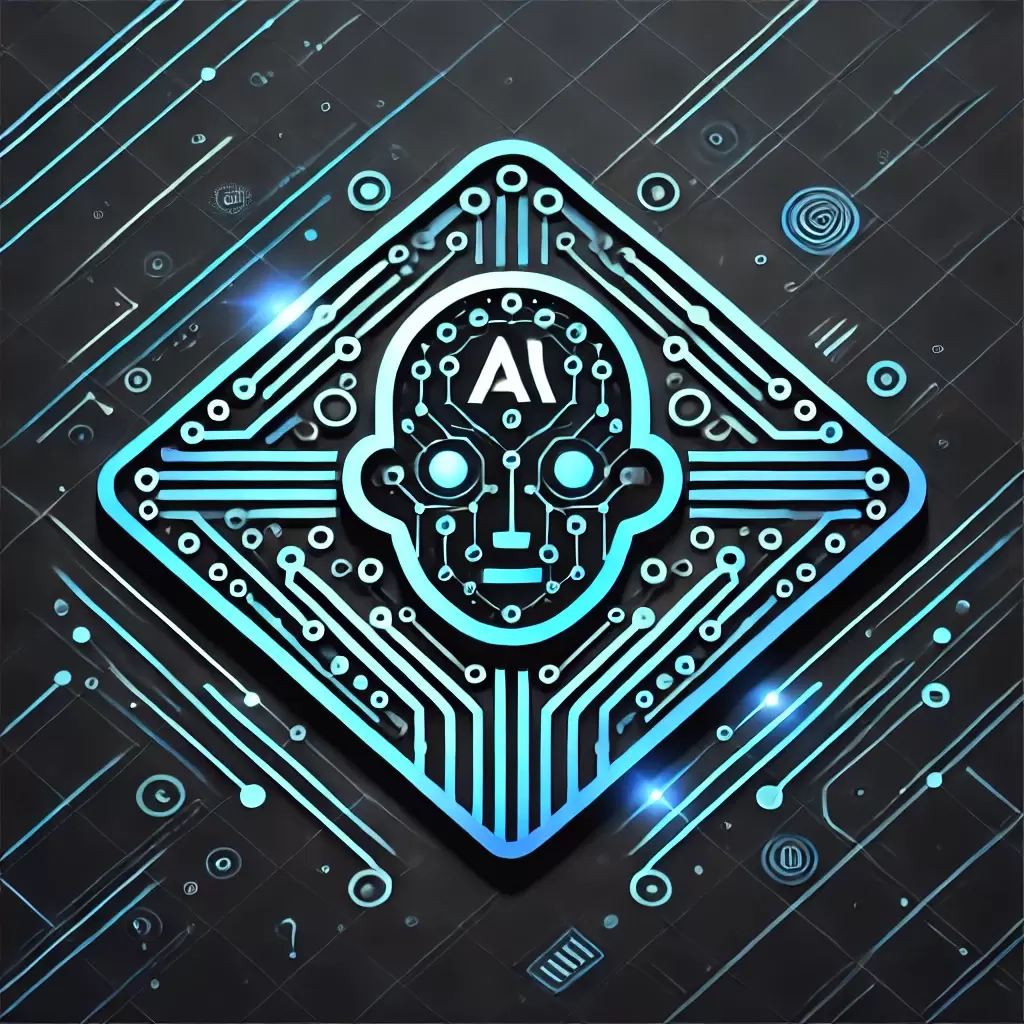Cloud Computing's Impact on Small Business Success in Rural Areas
Discover insights about Cloud Computing's Impact on Small Business Success in Rural Areas. Stay updated with the latest trends in technology, AI, and programming on Moedete.com.

Discover insights about Comprehensive Workflow for Implementing Immersive Audio and Video Technology. Stay updated with the latest trends in technology, AI, and programming on Moedete.com.
The integration of immersive audio and video technology has revolutionized various industries, offering unprecedented experiences in entertainment, education, and communication. This article outlines a comprehensive workflow for implementing this technology, ensuring a seamless and effective process from concept to deployment.
Table of contents [Show]
Immersive technology refers to tools and techniques that create a sense of presence and engagement, making users feel as though they are part of the experience. This includes virtual reality (VR), augmented reality (AR), spatial audio, and 360-degree video. These technologies combine to create a multi-sensory experience that transcends traditional media.
The first step in implementing immersive audio and video technology is concept development. This phase involves defining the project's goals and objectives, conducting thorough research, and brainstorming ideas.
Once the concept is clear, the next phase is planning and design. This stage involves creating detailed storyboards, selecting appropriate technology, and designing initial prototypes.
The heart of any immersive project lies in its content. This phase involves script writing, audio and video production, and integrating these elements into a cohesive experience.
With content ready, the next step is development. This involves integrating audio and visual components, adding interactive elements, and conducting rigorous testing.
After development, the project is ready for deployment. This involves selecting the appropriate platforms, optimizing content, and launching the product.
The final phase involves post-launch activities such as collecting user feedback, providing updates, and analyzing performance metrics.
Discover insights about Cloud Computing's Impact on Small Business Success in Rural Areas. Stay updated with the latest trends in technology, AI, and programming on Moedete.com.
Discover insights about Qwen Chat: Your New Conversational Companion. Stay updated with the latest trends in technology, AI, and programming on Moedete.com.
Discover insights about Your Guide to Gold Prices per Gram Today. Stay updated with the latest trends in technology, AI, and programming on Moedete.com.
